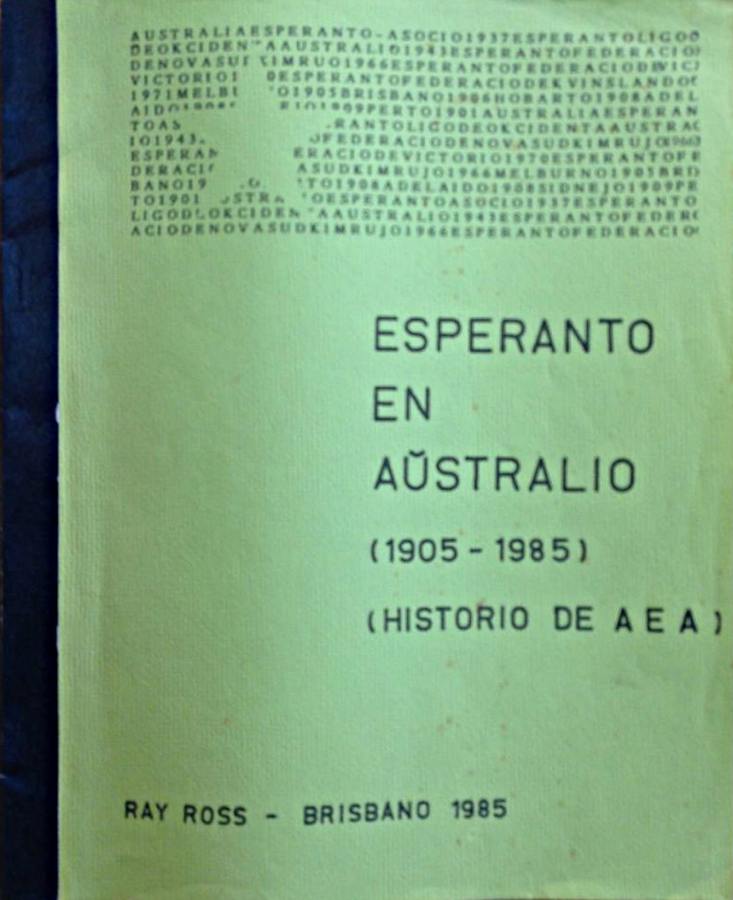A brief history of AEA
From as early as 1889, two Australians, Dietrich Rienits and Hermann Ritz (from Mount Victoria, NSW), had contact with Dr Zamenhof, the founder of Esperanto, and were included in the second address list of Esperantists in the same year. By 1909 the Universal Esperanto Association had 102 Australian members.
The Australian Esperanto Association was formed in October 1911, during the first Australian congress, attended by 53 Esperantists. The next six congresses were held in 1912, 1913, 1920, 1924, 1925 and 1929.
A magazine La Suda Kruco (published in conjunction with the New Zealand Esperanto Association) appeared from 1921 until 1934.
From the 1950s, with the reappearance of a national magazine*, congresses, courses and summer schools, the Association began to grow again and become stronger.
In 1976 the Australian Esperanto Association hosted the first Pacific Congress of Esperanto, in Melbourne. This was attended by 190 people, 51 from overseas. In 1988 it hosted the 4th Pacific Congress in Brisbane, with 204 attending, 76 from overseas.
In 1997 the 82nd world congress of Esperanto was held in Adelaide. Approximately one thousand Esperantists from 54 countries came to the congress, 820 of them from overseas.
The Association is affiliated with the Universal Esperanto Association (UEA), the International Esperantist Teachers League (ILEI) and with state organisations and many local Esperanto groups, providing a strong network to keep our Esperanto community alive and well.
 Download Esperanto en Aŭstralio 1905–1985 (Historio de AEA) de Ray Ross (PDF, 568 KB)
Download Esperanto en Aŭstralio 1905–1985 (Historio de AEA) de Ray Ross (PDF, 568 KB)
* La Rondo (The Circle) 1941–58; The Australian Esperantist 1958–92; Esperanto sub la Suda Kruco (Esperanto under the Southern Cross) 1993–present [return]
